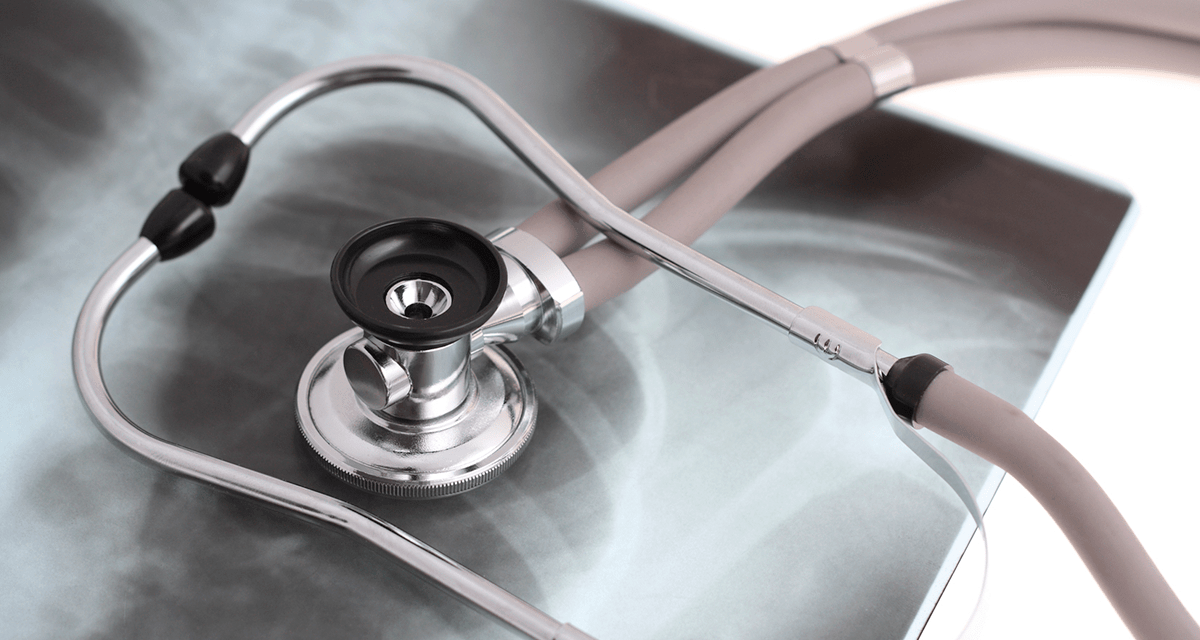We investigated the association between a combination of two markers, peripheral (PEC) and bronchoalveolar lavage (BAL) eosinophil percentage (BEP), and oxygen requirements in patients with acute eosinophilic pneumonia (AEP).
We retrospectively reviewed the medical records of patients with AEP treated at the Armed Forces Capital Hospital between May 2012 and May 2017. We used correlation analyses to assess the association between PEC/BEP and clinical outcomes in AEP patients. Receiver operating characteristic (ROC) curve analyses were used to calculate the cut-off value for BEP that categorised patients requiring a significant oxygen supply. The BAL/blood eosinophil (BBE) score was introduced to stratify patients with peripheral eosinophilia and elevated BEP. Clinical characteristics and outcomes were compared between the different groups. Multiple logistic regression was performed for significant oxygen requirements using two different models using age, C-reactive protein (CRP), smoking duration, and BBE score (model 1) and age, CRP, BEP, and PEC (model 2).
Among the 338 patients, 99.7% were male, and their mean age was 20.4 ± 1.4 years. Only 0.6% of patients were never smokers and the mean number of smoking days was 26.2 ± 25.4. Correlation analyses revealed that both the PaO/FiO ratio and duration of oxygen supply were associated with BEP. ROC curve analyses indicated a cut-off level of 41.5%. Patients with a high BBE score had favourable outcomes in terms of hypoxemia, hospital days, intensive care unit admission, oxygen supply days, and steroid treatment days. Multiple logistic regression revealed that BEP and BBE score tended to be associated with significant oxygen requirements.
In this study, we revealed that both peripheral and BAL eosinophilia is associated with favourable outcomes in AEP patients.
Association between peripheral blood/bronchoalveolar lavage eosinophilia and significant oxygen requirements in patients with acute eosinophilic pneumonia.


